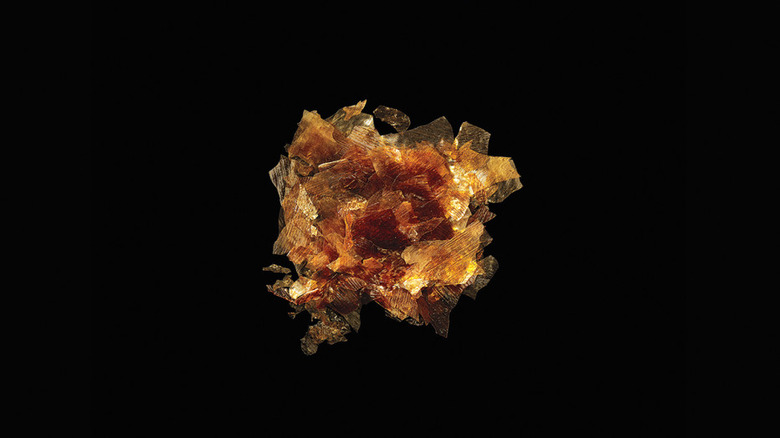This Is What Food Additives Look Like Before They're Added To Food
We may receive a commission on purchases made from links.
Are you looking to live a healthier lifestyle and maybe lose a few pounds? You could try some complex medical procedures and wild weight loss miracles, or you could go for a more balanced approach, one that includes exercise and better managing your food intake – there are apps to help out with that. Eating healthier is easier said than done though, so what better way to understand your next meal than by checking out what additives look like before being mixed with your food.
DON'T MISS: Video: Hilarious Prank Has Paris Hilton Thinking She's About to Die in a Plane Crash
Titled Ingredients: A Visual Exploration of 75 Additives & 25 Food Products, a new book is available for pre-order on Amazon that shows what many food additives look like before they're baked into your meal. Wired has scored early access to 10 of these images, and we have highlighted a few of them for you here.
Corn-based goodies: cornstarch, modified cornstarch, maltodextrin, dextrose, corn syrup, and high-fructose corn syrup are some of the corn derivates you'll get in processed food.
Azodicarbonamide: an additive with a name that's hard to pronounce and remember. But you'll probably recall it as the chemical found in yoga mats that Subway was forced to remove from its bread.
Chlorophyll: it turns out we're now capable of creating the stuff that makes green plants, well, green. But the process is very tedious. It involves extracting it with harsh solvents and then treating it with copper or oil-soluble mixes so it doesn't go brown before it can color food.
Polyglycerol-polyricinoleate: don't bother remembering the name of this one either. Just know that it's crucial for chocolate. It keeps the fats and oils in the molten chocolate mix together so the final product is smooth.
Shellac: this one is made by a bug – yes, it's an excretion. The bugs eat tree sap and process it, and then secrete the resin. Humans use it to coat candy and other food in a "thin, protective, waxy coating."
For more, follow the link below in our source section.
